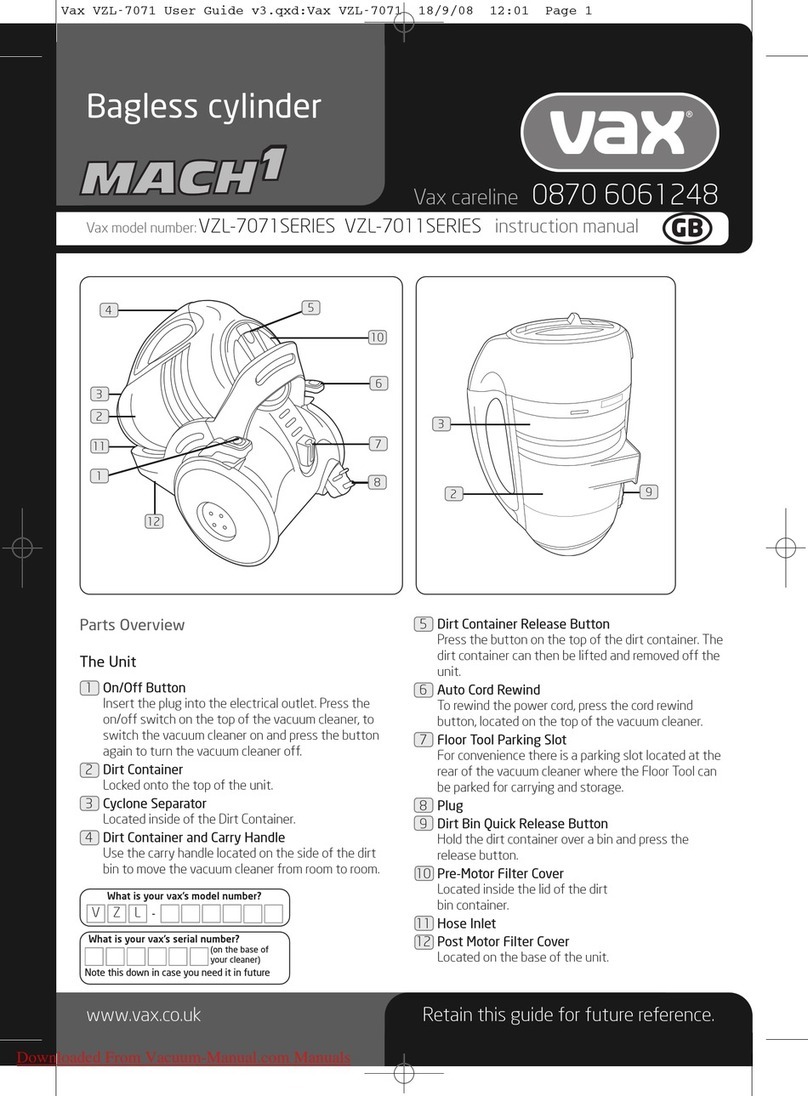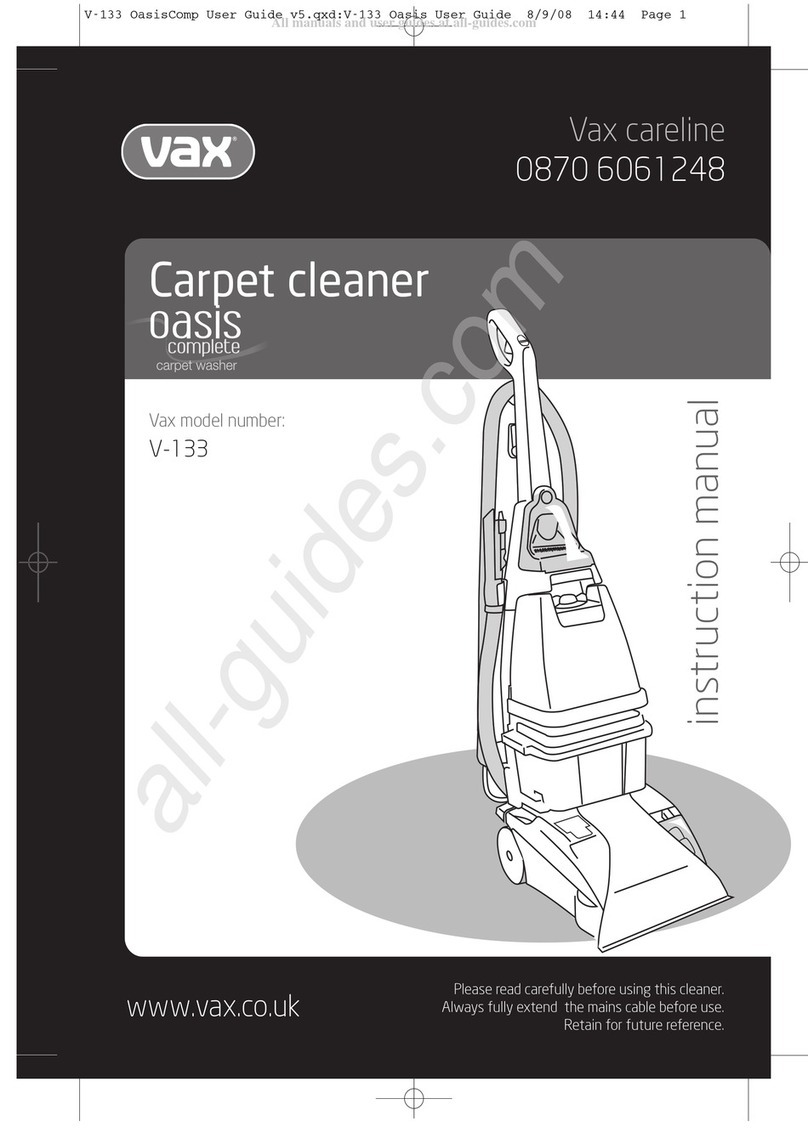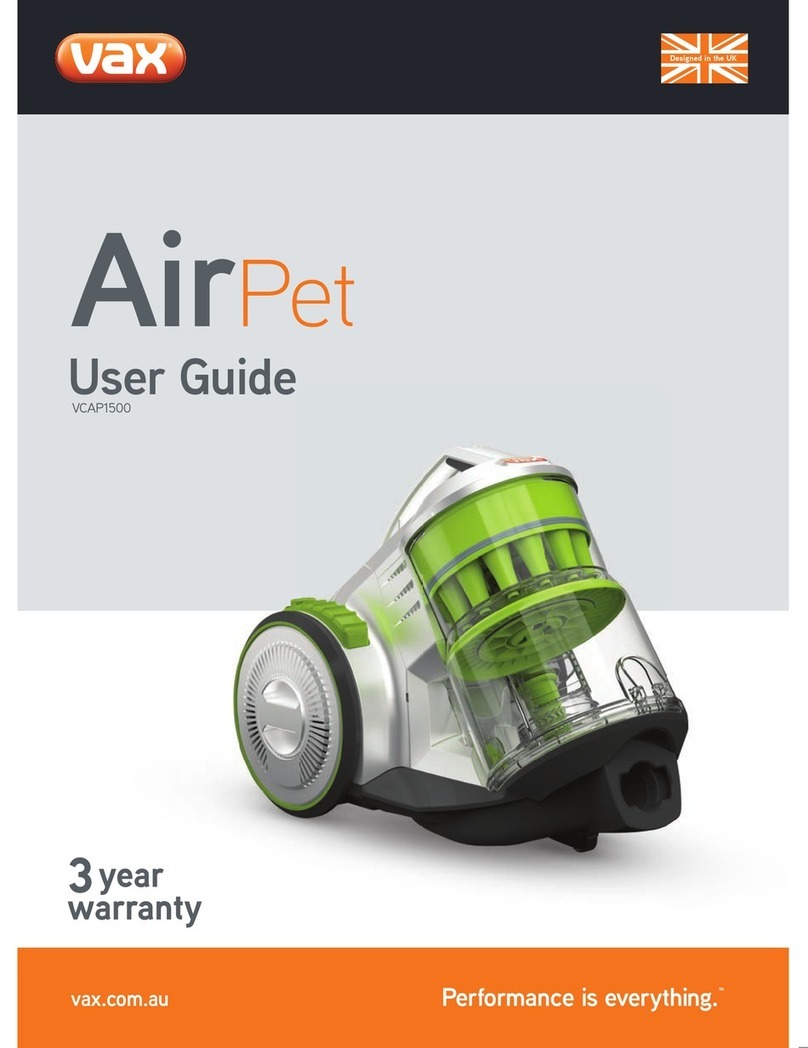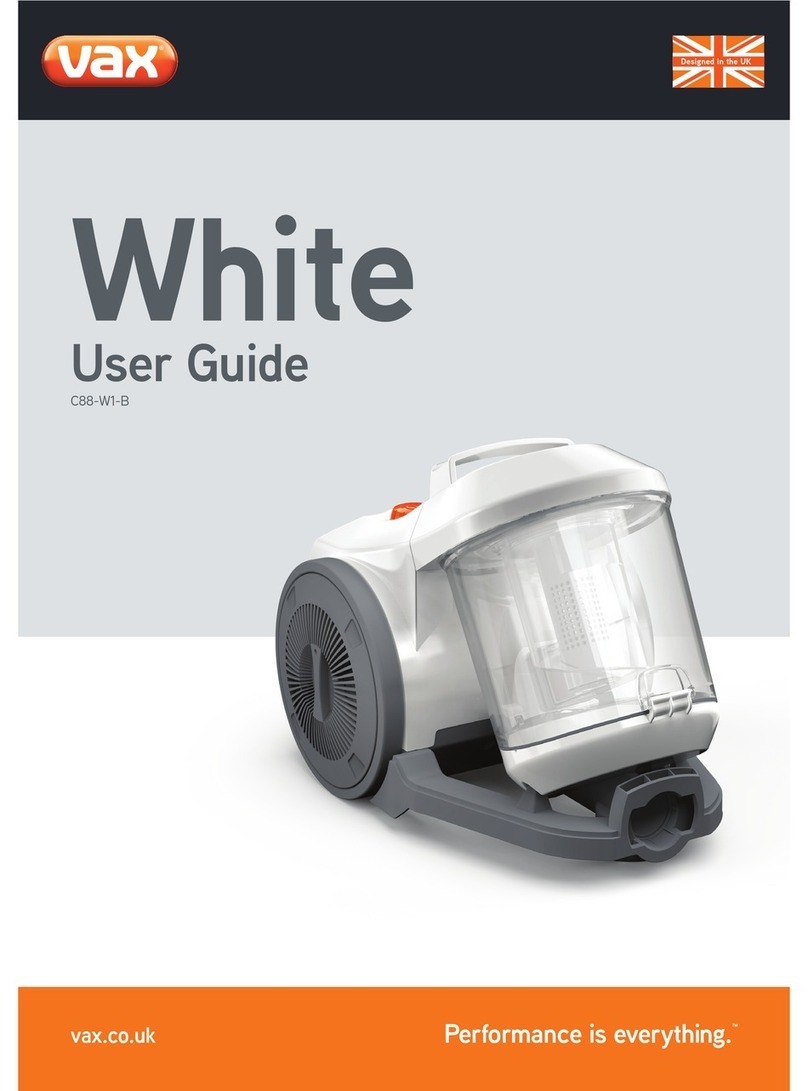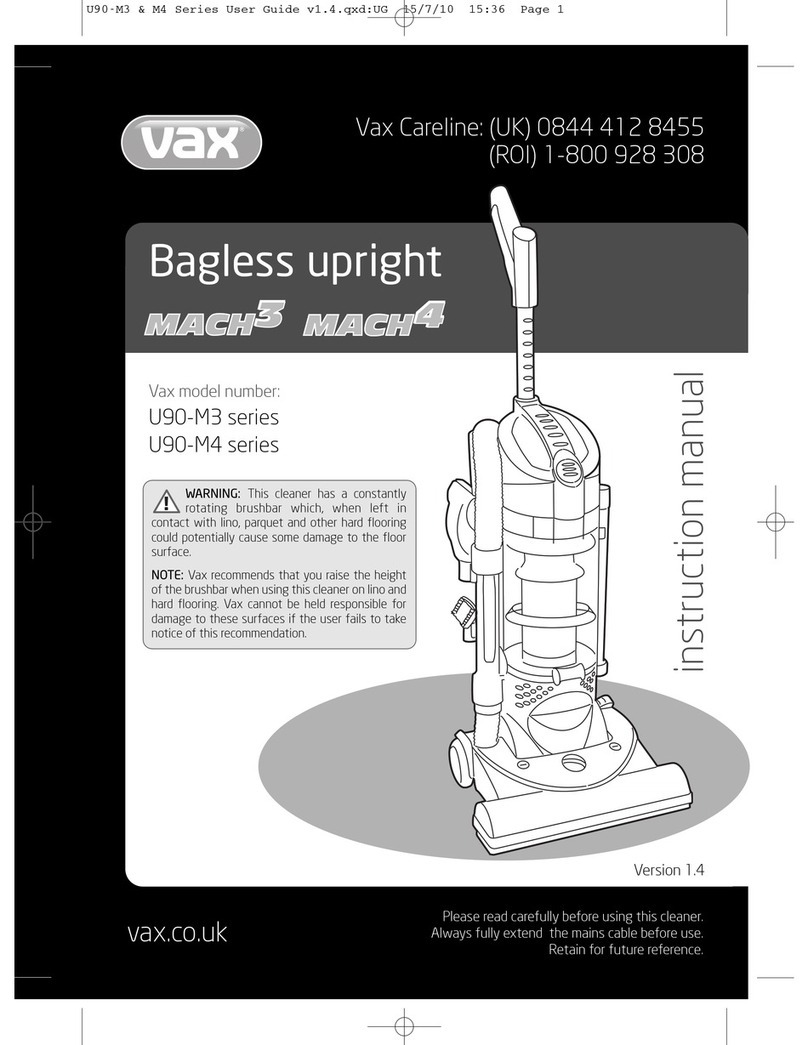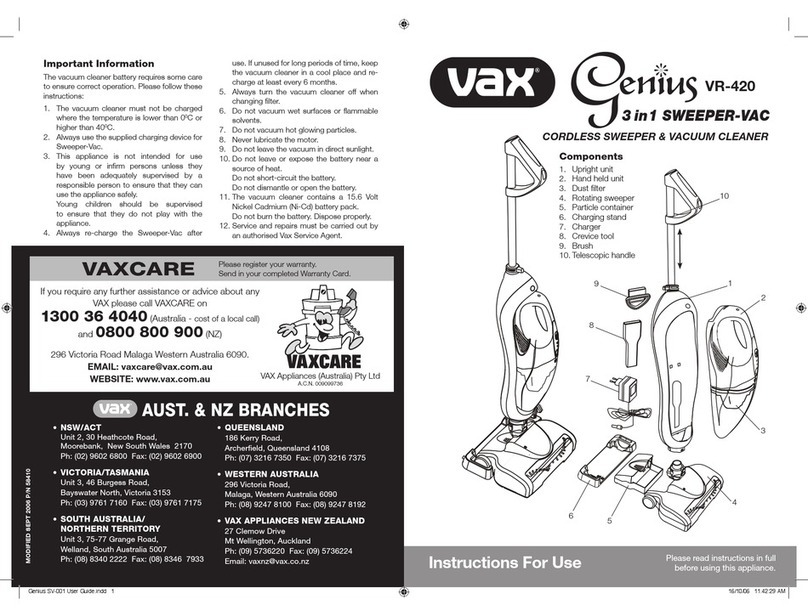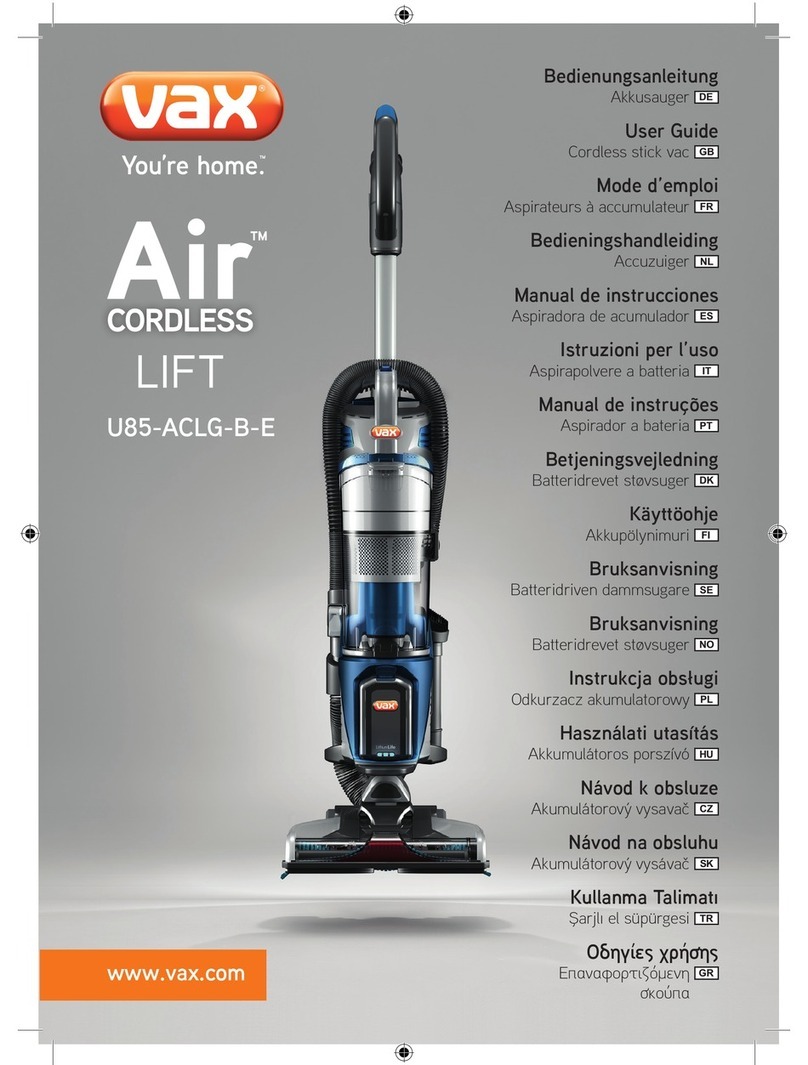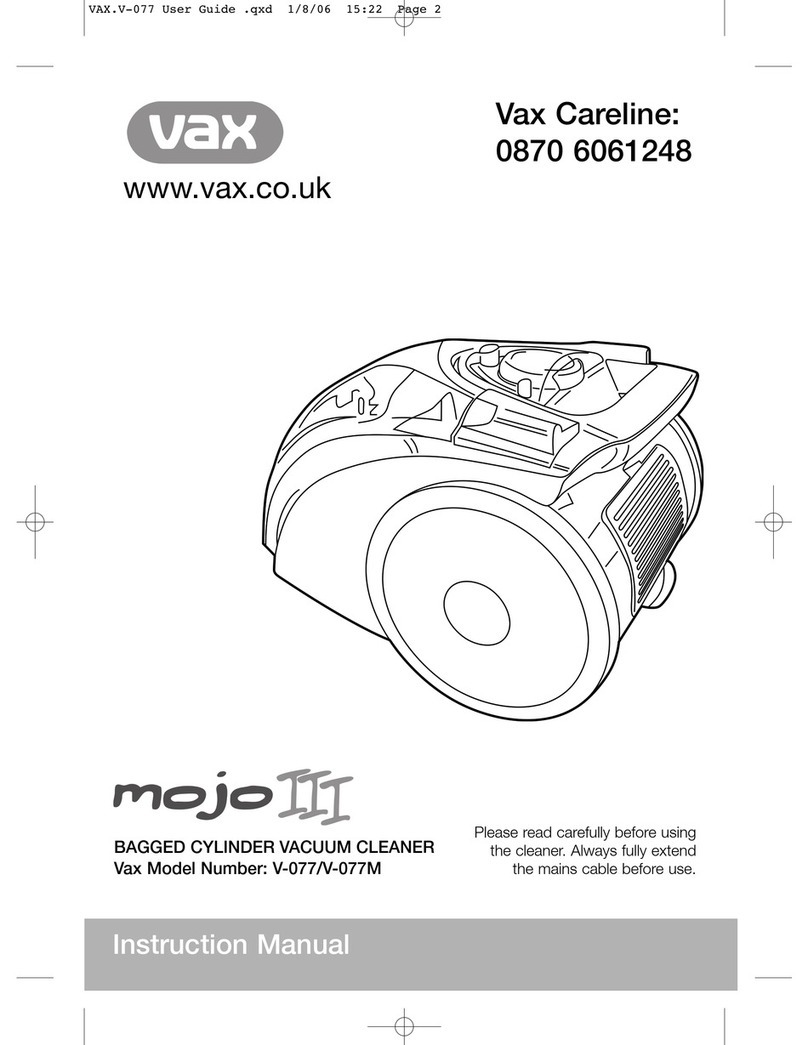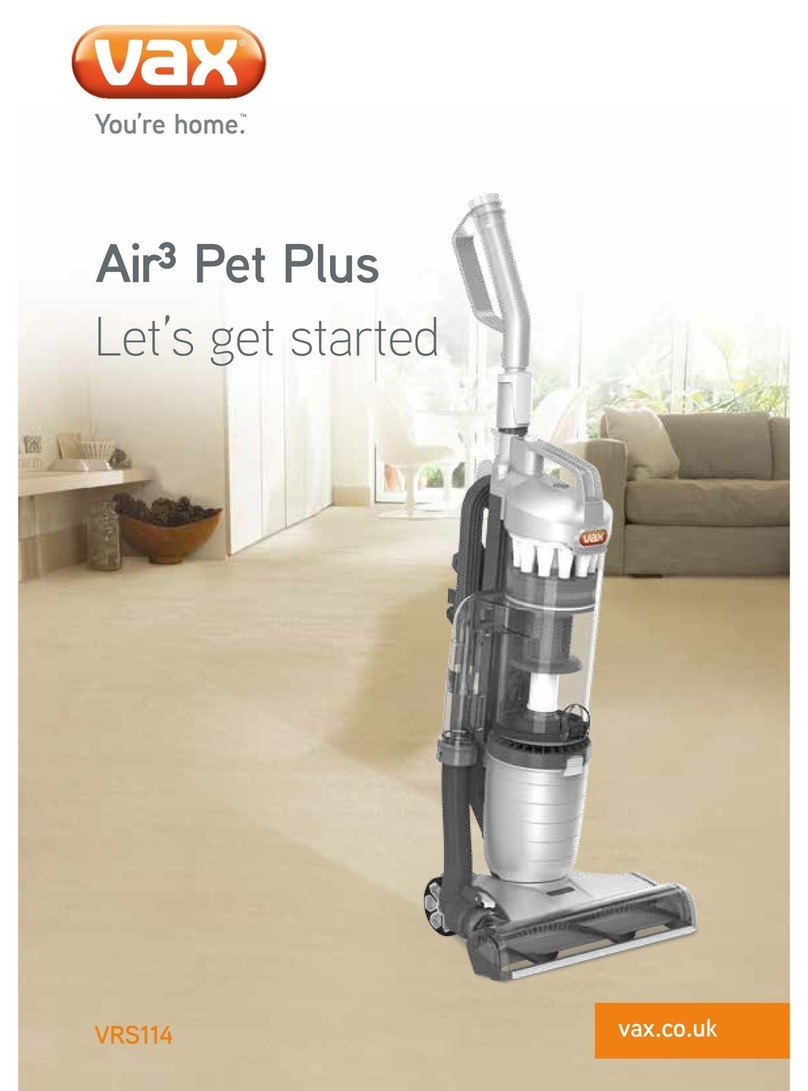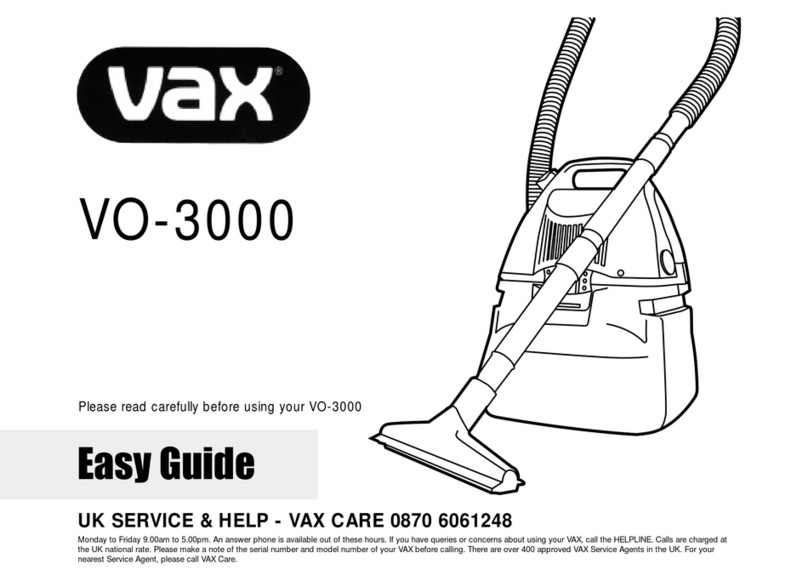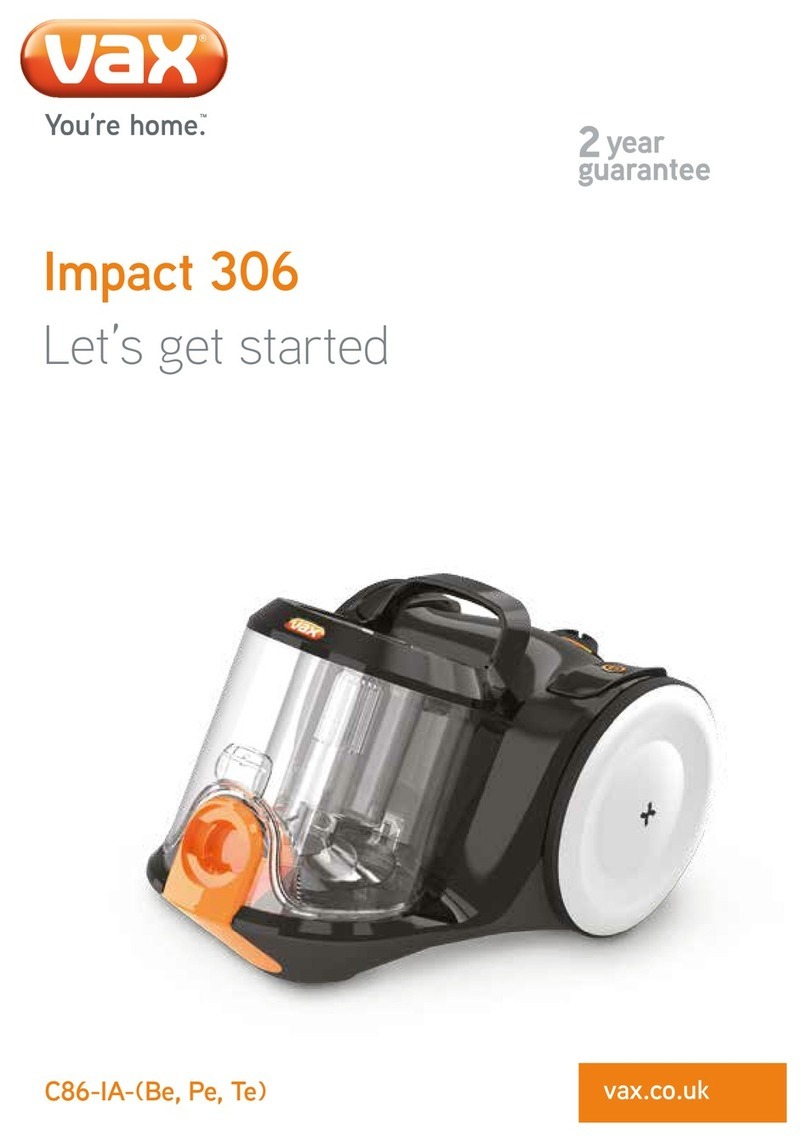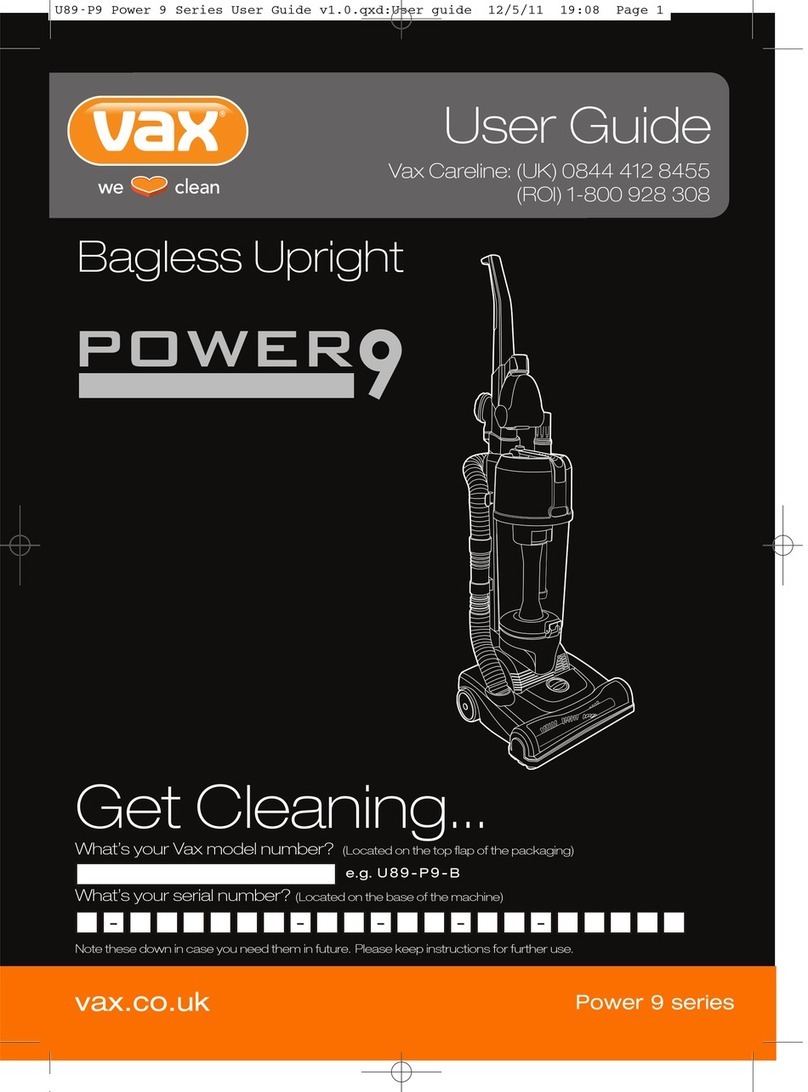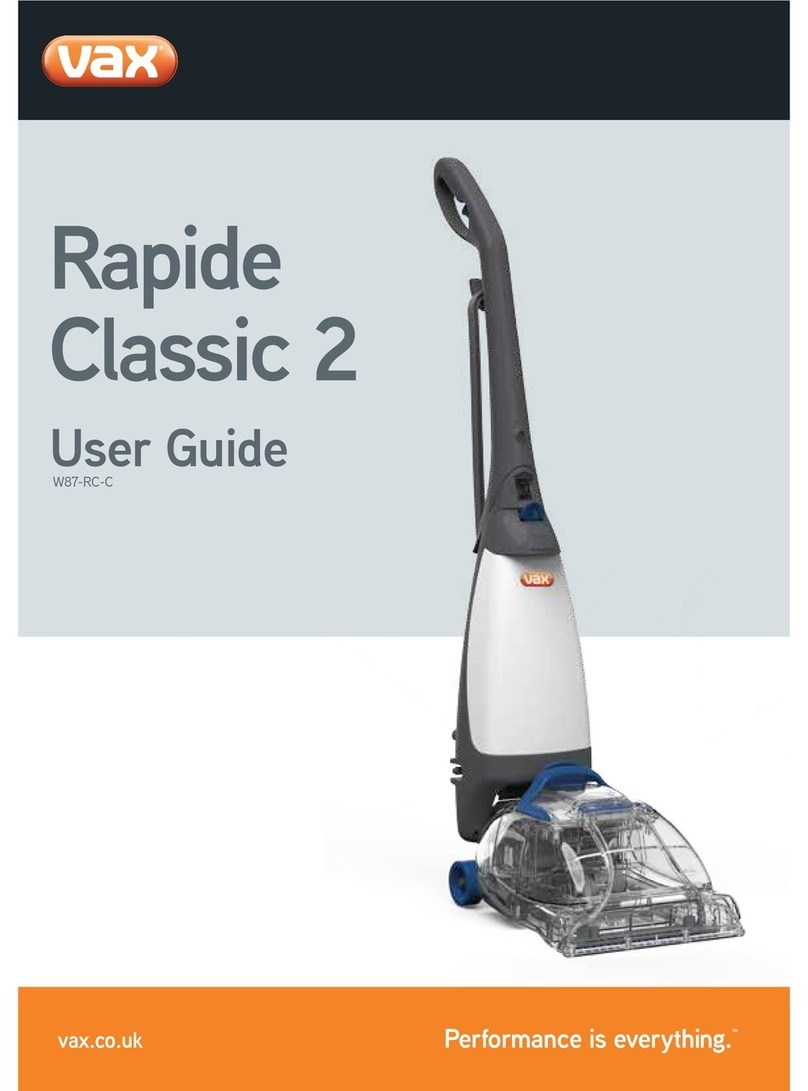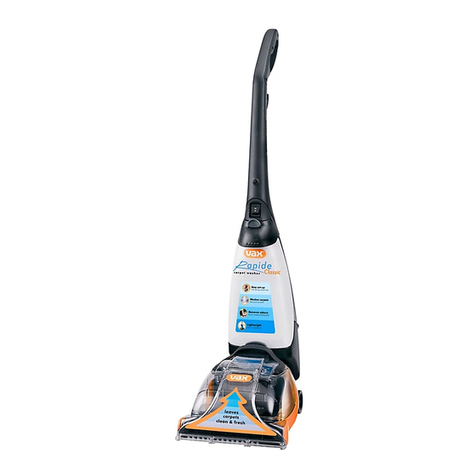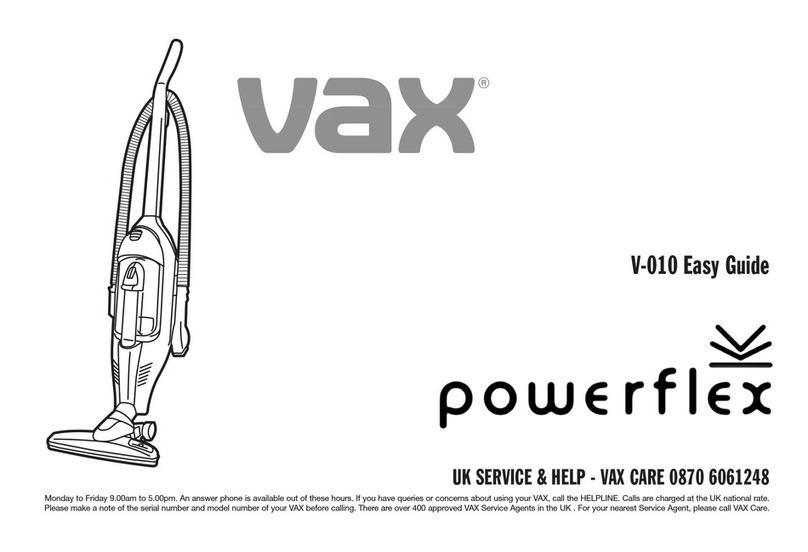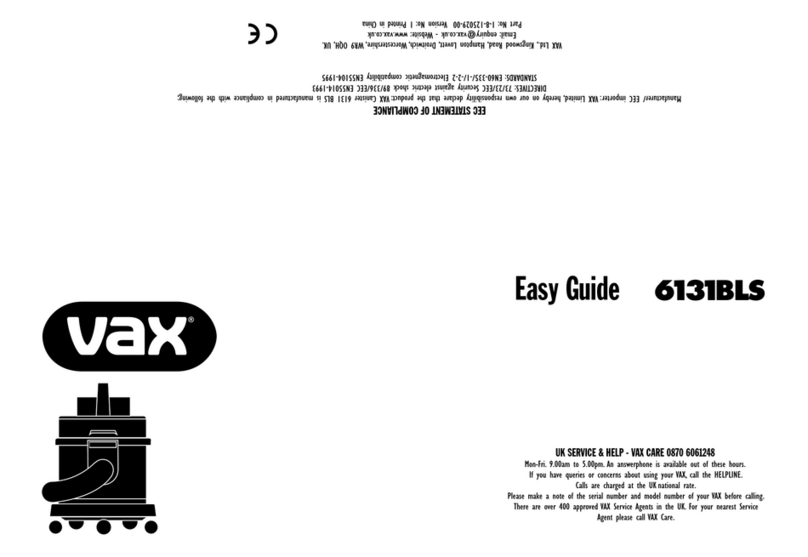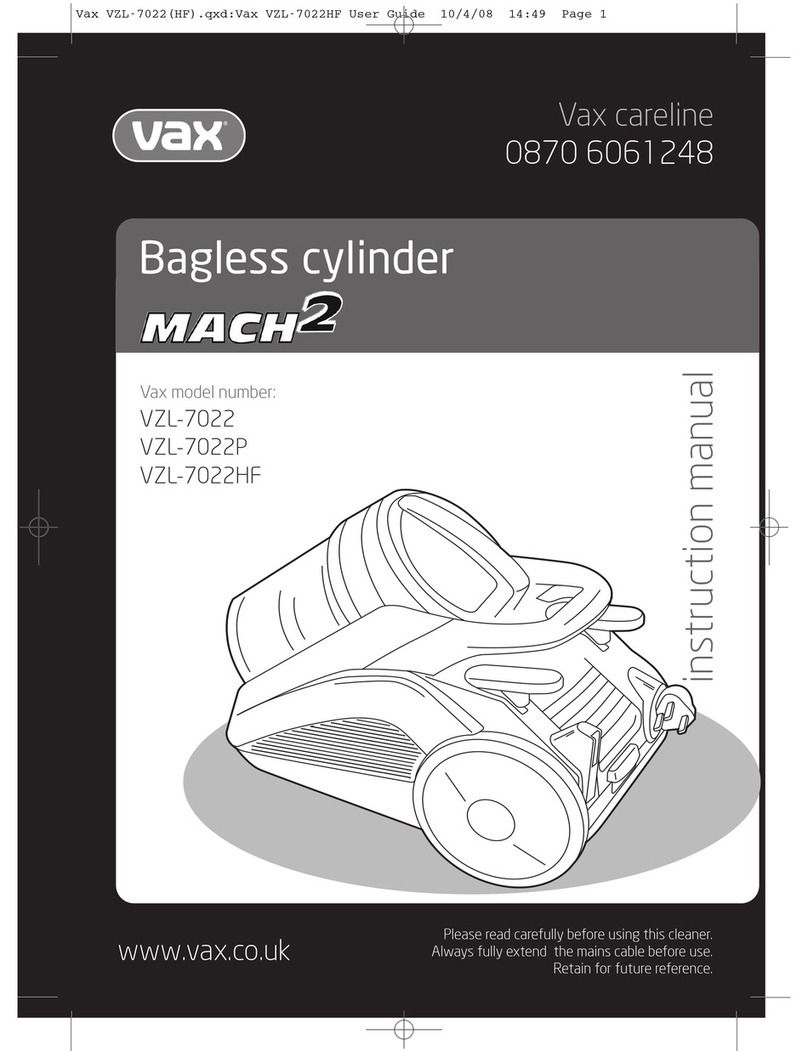5
GENERAL WARNING
a.
Carefully read the “User Guide”
before starting, using,
performing work with the machine. The manufacturer
will not be held responsible for injuries to persons or
damage to property due to non-compliance with the
aforementioned User Guide
b.
It is recommended to keep all the pieces of the packing
since they might be useful in the future to protect the
machine and the accessories during transport toanother
location or sent for evaluation/repair. If not, the packing
can be disposed in accordance with current disposal laws
c.
For commercial use only. Use the appliance for its specific
purposes only
d.
The appropriate Personal ProtectiveEquipment should be
worn to operate the machinery and protect the user. This
should be in accordance with an appropriate risk
assessment prior to its first use
e.
Connect machine to a suitable 240V power supply. It is
recommended that a RCD circuit breaker is used to
provide earthed protection.
f.
Do not pull the plug by its cable
g.
Do not drag the appliance by its power cable
h.
Unwind the power cable completely before use
i.
Avoid using electrical extension cables; if necessary, use
an extension cable with a safety approval mark with a
protective earthing system. Minimum size of extension
cable is 3x1.5mm
2
j.
Unplug the appliance after use, before filling, cleaning of
the tank or attachment of the hose
k.
Do not fill the tank by placing the appliance directly under a
tap
l.
Before using the appliance, make sure that the cable, plug
and hose are not damaged
m.
Do not use the appliance for steam-cleaning electrical
appliances or electric sockets
n.
Once the appliance is plugged in, do not work with wet
hands or feet
o.
Do not immerse the appliance in any liquid
p.
The appliance is not to beused by children or personswith
reduced physical, sensory or mental capabilities, or lack of
experience and knowledge, unless they have been given
supervision or instruction
q.
Do not use or store the appliance in a vertical position
r.
Do not steam-clean the appliance itself
s.
Do not leave the appliance unattended when it is connected
to the mains or when the appliance is on
t.
Repairs must be carried out only by Vax technicians and by
return of the product to Vax Service Centre
u.
The electric cable must be replaced only by the Vax
service centre
v.
Do not vacuum explosive, toxic and inflammable substances
(e.g. chimney ashes andsoot) or substances that may be
dangerous to your health
w.
Do not use the appliance to suck water from containers,
sinks, baths, etc.
x.
Do not place the suction orifice near delicate parts of the
body such as eyes, mouth and ears
y.
Do not put your hands close to the steam jet
z.
Do not point the steam jet towards people or animals
aa.
During use the appliance could overheat if covered
5
